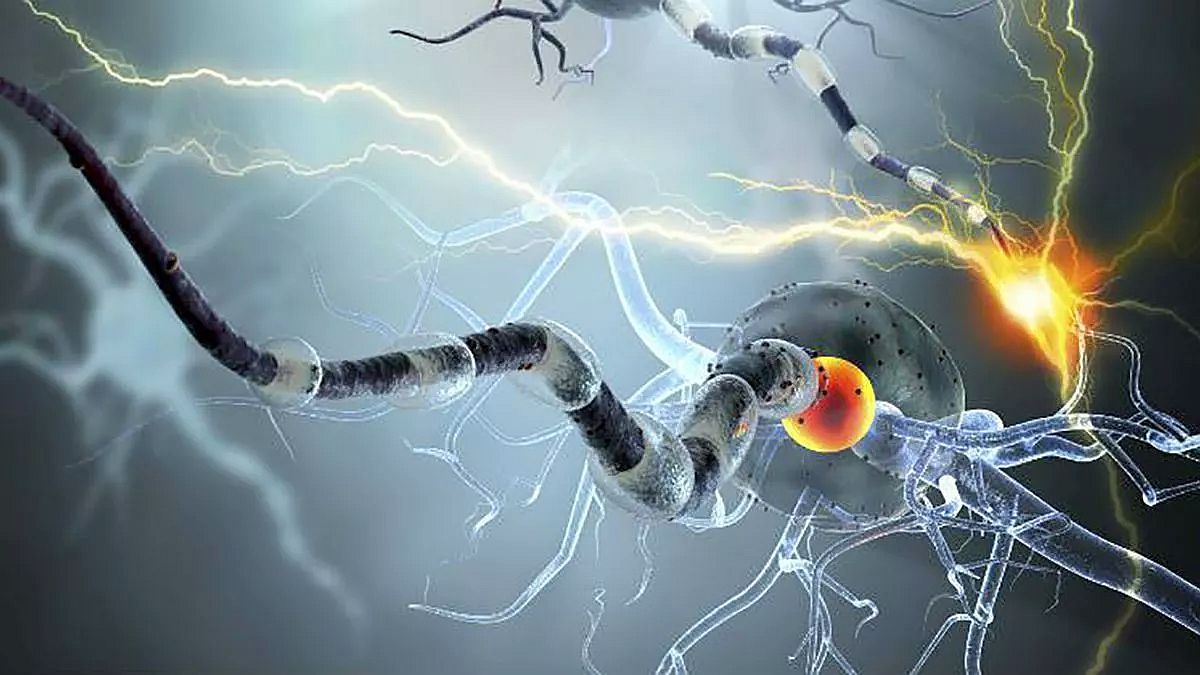What was experienced in the Estudiantes de La Plata match against Boca Sunday should leave more than one teaching. Witnessing a seizure can be a very traumatic and desperate episode, partly because of the manifestations it can generate in those who suffer it and partly because of the lack of knowledge we may have about the subject. So, to begin, let’s define what a seizure and differentiate this from what we can see on the outside in the patient.
What is a seizure?
A seizure It is an abnormal firing of neurons in the brain where many neurons begin to fire together. This can result in different clinical manifestations depending on the type of crisis and the brain area(s) affected (that is, according to the functions of each area of the brain), and may produce an alteration in the state of consciousness (or not), in the functions motor, sensory, language, among others.
We can classify seizures in different ways, such as by the type of seizure or its cause. There are many types of crises, but to facilitate understanding we are going to divide them into: generalized (in which both cerebral hemispheres discharge simultaneously) and partial (they begin at a focus within a hemisphere).
The partial They can start as such, but then add the rest of the brain’s neurons to the discharges and then become seizures secondarily. generalized.
In crises generalized There is loss of consciousness during the episode, while in partial ones there may or may not be, depending on the type of seizure.
The typical seizure where the patient first becomes rigid and then begins to make repeated muscle jerks of the entire body with loss of consciousness is called de generalized tonic-clonic seizure.
What are the causes of seizures?
As for the causes of a seizure It is very important to differentiate if it is an adult patient or a child and if it is the first time it happens or not, since if it is a previous epileptic patient, it is most likely that it is a convulsive event due to its pathology. base. In that case, you must evaluate, for example, whether the antiepileptic medication you are receiving is at its appropriate values.
Something fundamental when we have to evaluate the possible cause of a seizure is the context in which it occurs. For example, if the patient suffered a head trauma prior to the procedure or if he or she has any pathological history that makes us suspect a particular cause over others. There are many possible causes of seizures, among which we can name, for example: head trauma, epileptic syndromes, strokes, infections (such as meningitis), metabolic disorders, brain tumors, drugs and pharmaceuticals.
The post-traumatic seizures They are those that occur after a head injury and we can divide them into 2 types: early (they appear up to 7 days after it) or late (they occur after that period of time).
They may indicate the presence of an underlying intracranial injury, although this is not always the case and may be due to concussion from the trauma itself. To rule out or confirm an injury, an emergency CT scan must be performed to show this.
What consequences can seizures have?
Among the possible structural traumatic injuries What we can see in this study and could generate a seizure we can name: bruises (both within the brain and in the subdural or extradural spaces that exist between the brain and the skull bone), a fdepressed skull fracture that is compressing the brain underneath, a brain concussion (due to the brain hitting the skull), brain edema or swelling, a traumatic subarachnoid hemorrhage, among other. These pathologies may or may not require surgical treatment, depending on each particular case.
What happens after suffering a seizure?
After a seizure It is common for the patient to experience what is called a postictal state, which is a variable period of time in which both consciousness and some brain functions may remain altered.
The forecast of the seizures It depends mainly on the underlying cause and whether or not a brain injury occurs.
It is also essential to act appropriately if we have to be with a person who has seizures.
What to do if a person has a seizure?
You must lie down and place the person on their side, avoid placing fingers or objects in the mouth, remove objects that may be around them, do not try to stop movements and, no less important, remain calm.
By Damián Bendersky (MN 130405). Neurosurgeon (Instagram: @consultoriodedolor, website: www.consultoriodedolor.com.ar)
Source: Ambito
David William is a talented author who has made a name for himself in the world of writing. He is a professional author who writes on a wide range of topics, from general interest to opinion news. David is currently working as a writer at 24 hours worlds where he brings his unique perspective and in-depth research to his articles, making them both informative and engaging.




